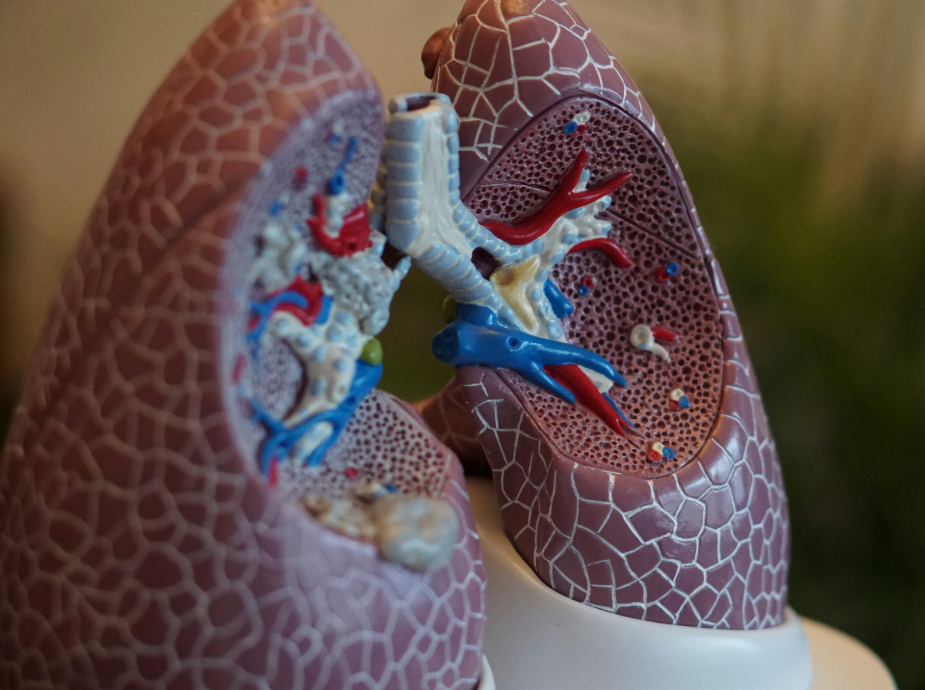A mucus plug can indeed influence the results of a methacholine challenge test, though the extent depends on its location, severity, and the patient’s underlying condition. Here’s how it might play out:
- Baseline Airway Obstruction: A mucus plug physically blocks part of the airway, reducing airflow even before the methacholine is administered. This could lower baseline lung function measurements (like FEV1, forced expiratory volume in 1 second), which are critical for interpreting the test. If the starting FEV1 is already compromised, it might make the test harder to perform or interpret accurately, as the methacholine-induced drop (typically a 20% reduction in FEV1) relies on a stable baseline.
- Exaggerated Response: If the mucus plug is partial or mobile, methacholine—which causes bronchoconstriction—might worsen the obstruction by narrowing airways further. This could amplify the test response, potentially leading to a “positive” result (indicating airway hyperresponsiveness) even if the underlying sensitivity isn’t as severe. The plug could act like a bottleneck, magnifying the effect of airway narrowing.
- False Negatives or Inconclusive Results: Conversely, if the mucus plug is significant and fixed, it might mask methacholine’s effect by preventing the drug from reaching deeper airways. This could blunt the expected constriction, leading to a “negative” result despite underlying airway hyperreactivity, though this is less common.
- Clinical Context: In practice, doctors assess for mucus plugs or other obstructions (via symptoms, physical exam, or spirometry) before the test. Conditions like COPD or acute bronchitis, where mucus plugs are more common, might already skew the test or prompt its postponement. Guidelines (e.g., from the American Thoracic Society) recommend avoiding the test if baseline FEV1 is too low (typically <60-70% of predicted), which could happen with a significant mucus plug.
In short, a mucus plug could complicate the methacholine challenge test by altering baseline lung function or exaggerating/reducing the response to methacholine. Clinicians would likely try to clear or account for it (e.g., with bronchodilators or a delay) to ensure reliable results.



Leave a Reply